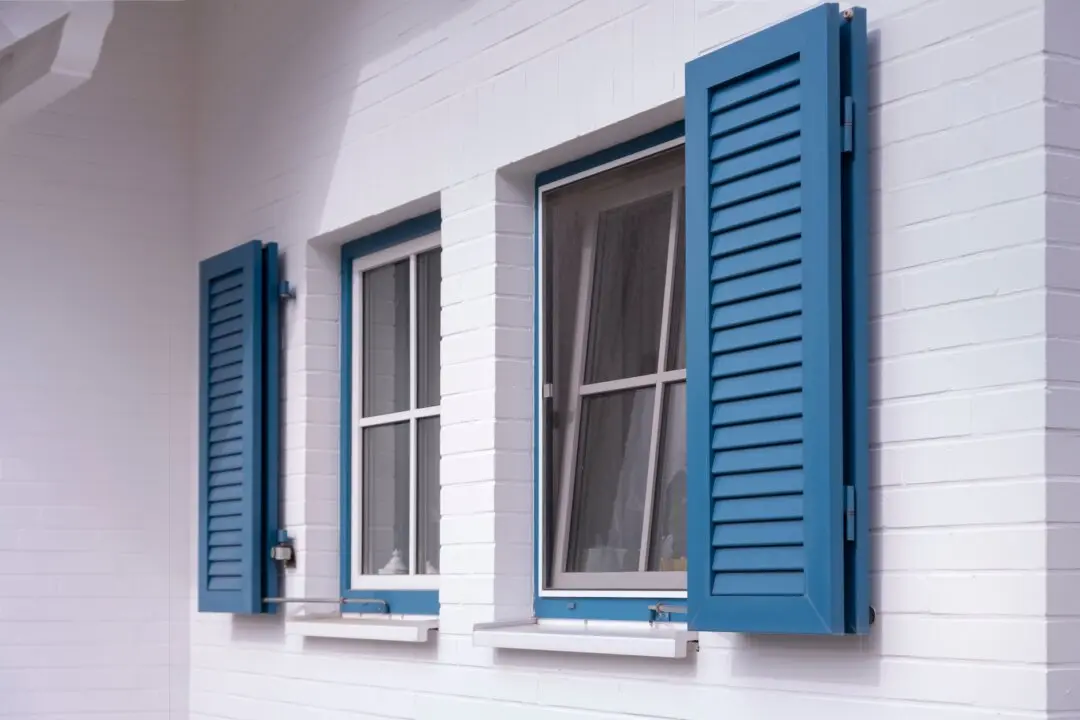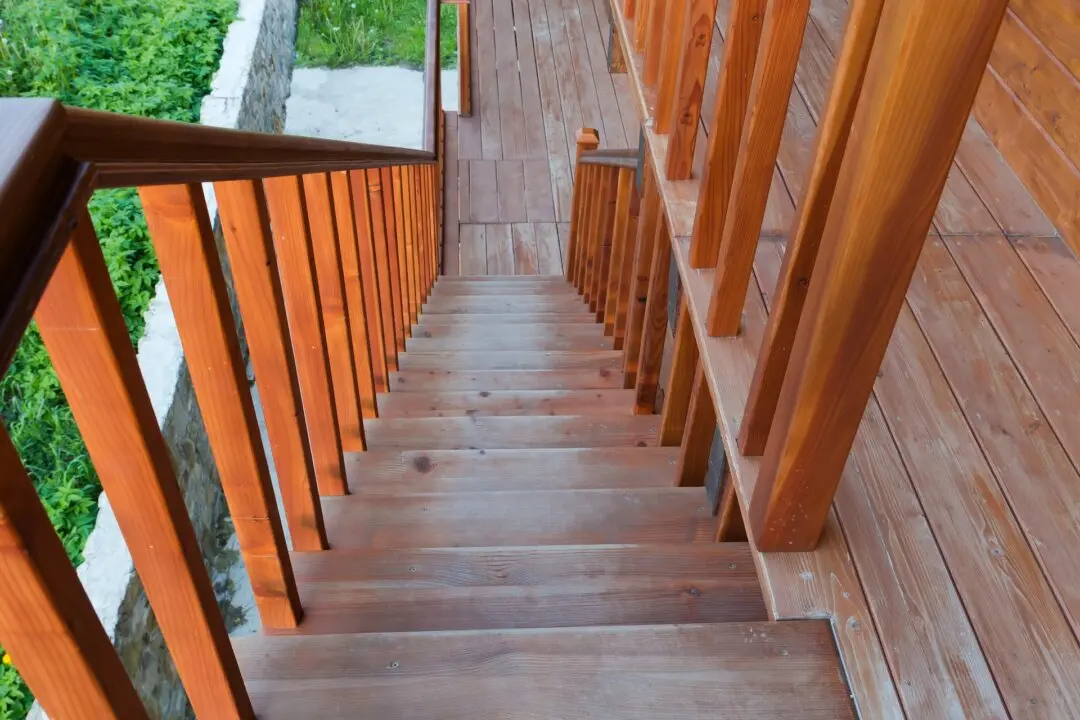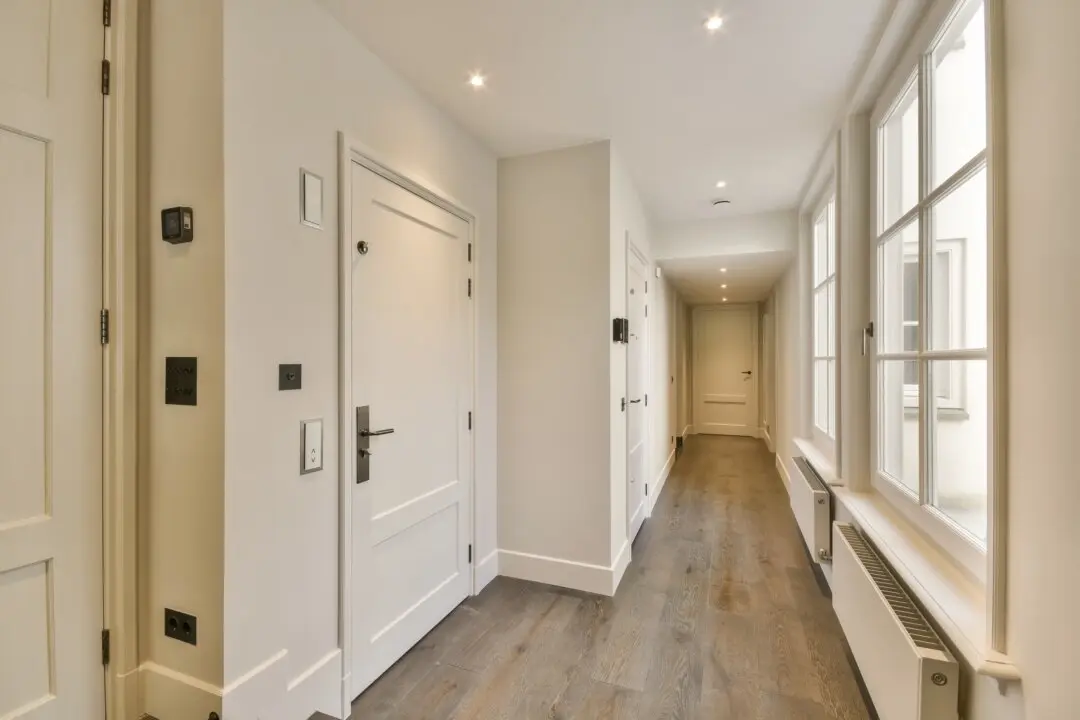Dear James: My budget is very limited, but I need a new kitchen countertop. Is there any type of attractive low-cost countertop I can make myself?—Michael D.
Dear Michael: Even if you are not experienced with DIY projects, you should have no problem making your own new countertop. It’s easiest to use your old countertop as a template, but you can also make any unique shape you wish. Countertops can establish the decor for the entire kitchen.





